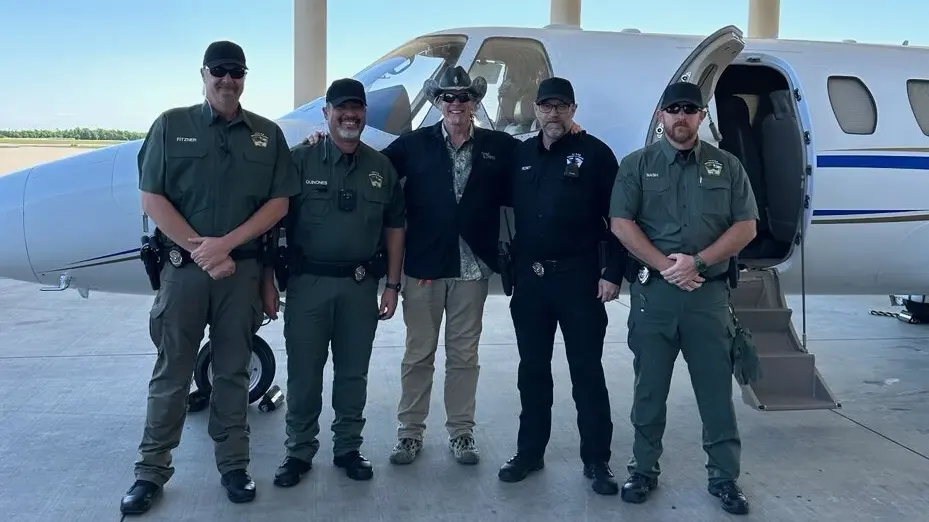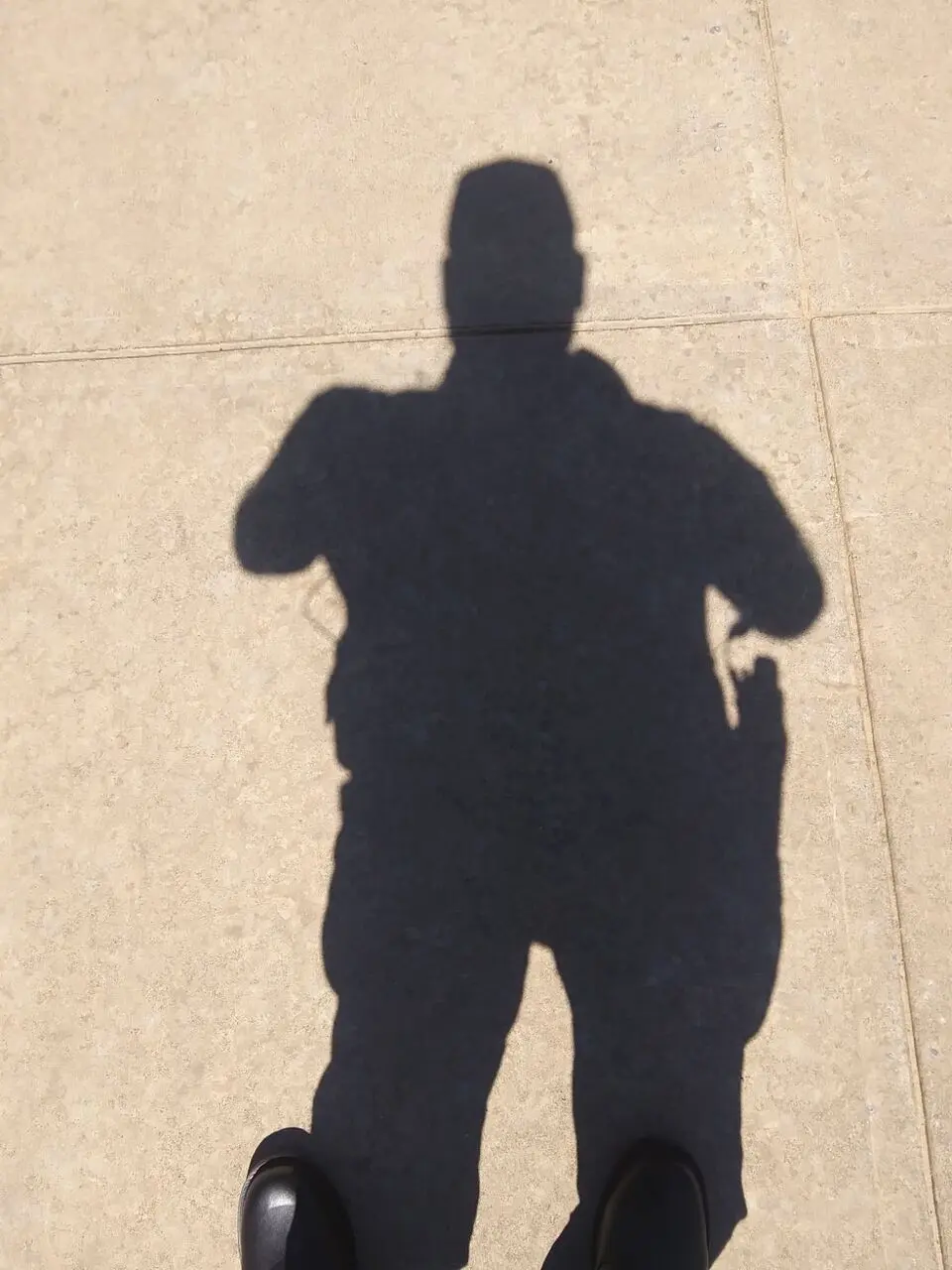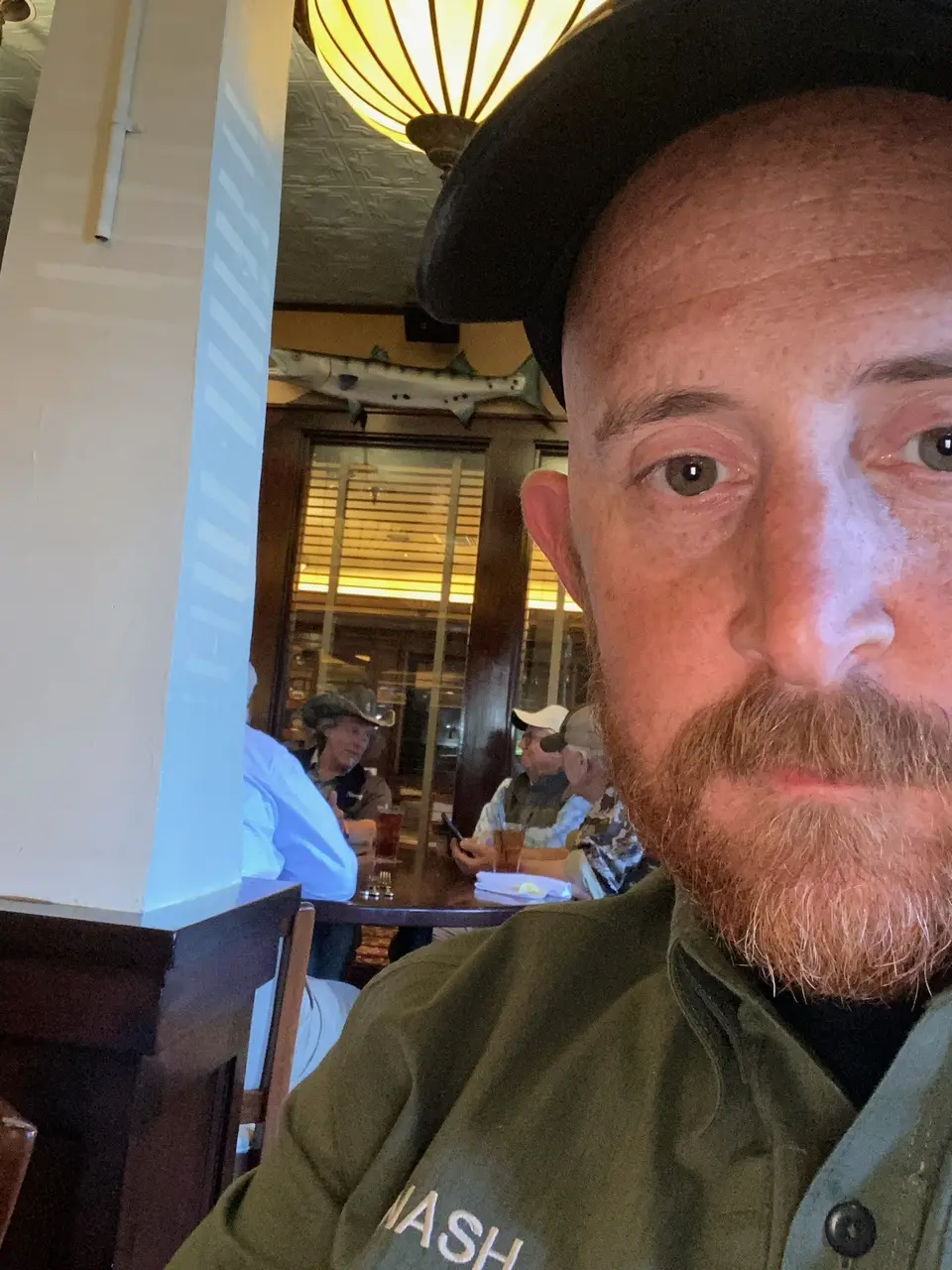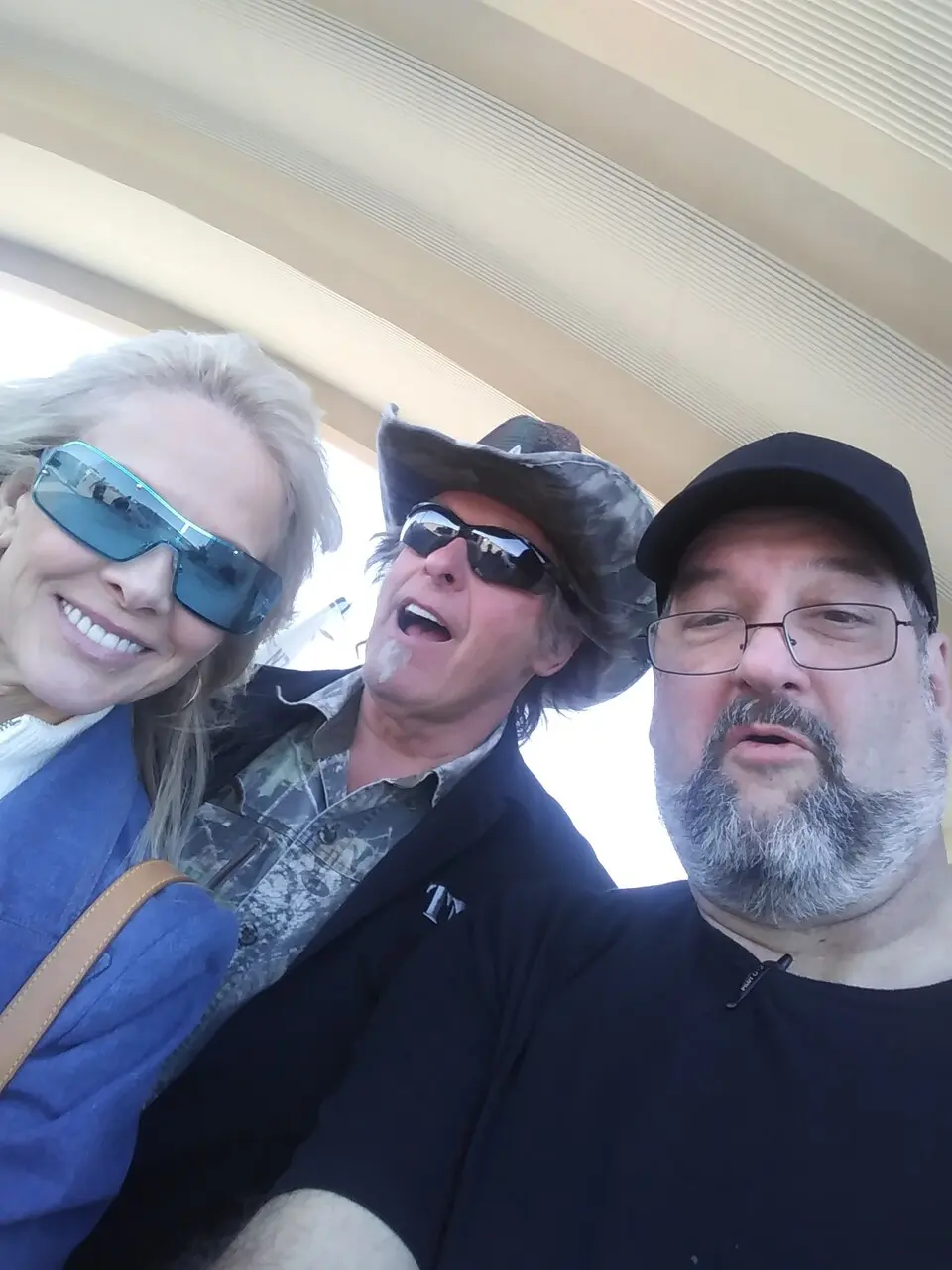As a personal protection officer, I've learned that our main focus is professionalism at all times. This professionalism encompasses many different aspects, but in this article, we'll focus on the etiquette and responsibilities involved in the personal protection transport of clients.

The role of a personal protection officer is not just about ensuring safety—it's about providing a high level of service while maintaining the utmost respect for our clients. This service extends to how we conduct ourselves, how we dress, how we communicate, and most importantly, how we transport our clients from one location to another.
In the following sections, we'll delve into the intricacies of personal protection transport. We'll discuss everything from the importance of appearance to understanding the risks of ground transportation, from the differences between a chauffeur and a security driver to the art of client interaction.
So, buckle up (pun intended) as we navigate this journey together, exploring the etiquette and responsibilities that make a personal protection officer truly exceptional in their role.

Professionalism and Appearance
When it comes to personal protection, the first point that must be emphasized is proper dress. As officers, we are not just representing ourselves, but also the clients we serve. Therefore, our appearance should reflect the highest level of professionalism.
More often than not, we work in pairs, especially when vehicle transport is involved. Before we take responsibility for the client, it's crucial that we look each other over well. This is to ensure that both officers are dressed properly, our uniforms are in proper accord, and we have all necessary equipment.
Being properly prepared is not just about having the right equipment. It's also about mental readiness. We must be alert and focused, ready to respond to any situation that may arise. This level of preparedness can make the difference between a successful assignment and a potentially dangerous situation.
In the world of personal protection, our appearance and preparedness are our first lines of defense. They set the tone for our interactions with clients and can significantly influence their perception of safety. Therefore, we must always strive to present ourselves in the best possible light, fully equipped and ready for the task at hand.
Understanding the Risks of Ground Transportation
Personal protection transport presents a unique set of risks that we, as personal protection officers, must be prepared to handle. These risks can range from direct attacks and kidnapping attempts to motor vehicle accidents. Understanding these risks is the first step toward mitigating them.
As security-trained drivers, we are not just responsible for driving the vehicle. We are also responsible for maintaining control of the vehicle at all times. This includes taking custody of the keys to the vehicle and ensuring that the vehicle is in good working condition.
When transporting a client by vehicle, both officers should have their roles defined ahead of time to avoid confusion. The driver's responsibility is to maintain control of the vehicle at all times. The passenger officer, on the other hand, has many roles to fulfill. They are the navigator, the person that checks for clear lanes while changing lanes, maintains radio contact when needed, and possibly, if the need arises, carries and fires a rifle or sidearm.
In the event of an attack, the passenger officer is responsible for defending the client while the driver focuses on getting the vehicle to safety. This division of responsibilities ensures that we can respond effectively to any situation that may arise.
Understanding the risks of ground transportation and being prepared to handle them is a crucial part of our role as personal protection officers. By staying alert, maintaining control of the vehicle, and working together as a team, we can ensure the safety of our clients during transport.
The Art of Client Interaction
Interacting with clients is an integral part of our job as personal protection officers. When first taking custody of the client, we should approach them with respect and professionalism. This includes removing our hat and/or sunglasses, introducing ourselves clearly, shaking the client’s hand properly, and ensuring that the client doesn’t have any special requests or needs.
While our main focus is always on the client's safety, we must also strive to provide a high level of customer service. This means being attentive to the client's needs, being respectful of their privacy, and maintaining a professional demeanor at all times.
When transporting a client by vehicle, it is the passenger officer’s responsibility to open and close all building and vehicle doors for the client. This is a small gesture, but it speaks volumes about our commitment to service. Remember, the client is at no time to touch a door handle of any kind!
While on the topic of transporting, it's important to note that we are not there to socialize with the client. Small talk is understandable, but carrying on a conversation should be held off in the presence of the client. Speaking to the client should only be done when giving movement instructions, alerting the client, or when the client speaks to you first. And in these instances, keep talk brief.
The art of client interaction is about striking a balance between providing security and offering a high level of customer service. By maintaining professionalism, respecting the client's privacy, and being attentive to their needs, we can ensure a positive experience for our clients.
The Difference Between a Chauffeur and a Security Driver
In the world of personal protection, it's important to understand the difference between a chauffeur and a security driver. While both roles involve transporting clients, the responsibilities and skills required for each are quite different. Personal protection transport assigns many more responsibilities on the personnel and comes with many more risks.
A chauffeur's primary responsibility is to transport clients safely and comfortably to their destinations. They are expected to have excellent driving skills, a good knowledge of local routes and traffic patterns, and a professional demeanor. However, their role is largely limited to driving.
A security driver, on the other hand, is a personal protection officer whose responsibilities extend far beyond driving. In addition to transporting the client, a security driver is also responsible for assessing potential threats, planning safe routes, and responding to emergency situations. They must be highly trained, not just in defensive driving techniques, but also in a range of security procedures.
When escorting a client, especially if there is vehicle transport involved, we are not just drivers. We are security professionals. Our role is to ensure the client's safety at all times, whether we are on the road or escorting the client on foot.
While chauffeurs and security drivers both play important roles in transporting clients, the role of a security driver is far more complex and requires a higher level of training and expertise. As personal protection officers, we must always strive to exceed the standards of a typical chauffeur, providing not just a safe and comfortable ride, but also a secure environment for our clients.

The Importance of Training and Continuous Learning
In the field of personal protection transport, training is not a one-time event. It's a continuous process. As officers, we must constantly update our skills and knowledge to stay ahead of emerging threats and changing circumstances.
Before taking responsibility of the client, officers should discuss proper protocol and etiquette. This conversation should include the set roles of both officers when transporting the client on foot and when in the vehicle. Further training will give more detailed topics and approaches for this step.
Training for personal protection officers often includes a wide range of topics, from defensive driving and emergency response to threat assessment and conflict resolution. But it's not just about learning new skills. It's also about refining the skills we already have and learning how to apply them in different situations.
For example, when transporting a client by vehicle, both officers should have their roles defined ahead of time so there is no confusion. It is the driver’s responsibility to maintain control of the vehicle at all times, which also includes taking custody of keys to the vehicle. The passenger officer, meanwhile, has many roles to fulfill, including navigation, maintaining radio contact, and potentially carrying and firing a weapon if the need arises.
Training and continuous learning are crucial for personal protection officers. They help us stay prepared for any situation, enhance our professionalism, and ultimately, ensure the safety of our clients. As officers, we must always strive to learn, grow, and improve in our roles.

Officer Phillips waited until the job was done to ask for a photo.
The Balance Between Security and Service
In our line of work, we often find ourselves walking a fine line between providing security and offering service. While our primary responsibility is to ensure the client's safety, we must also strive to provide a high level of customer service. This balance is crucial to our success as personal protection officers.
When transporting a client, for instance, it's not just about getting them from point A to point B safely. It's also about making the journey as comfortable and pleasant as possible for the client. This means paying attention to small details, like opening and closing doors for the client, maintaining a clean and comfortable vehicle, and driving smoothly to avoid causing discomfort.
At the same time, we must always be alert to potential threats and ready to respond at a moment's notice. This requires a high level of focus and concentration, as well as a deep understanding of security protocols and procedures.
While on the topic of transporting, it should have been previously discussed between officers prior to the start of the assignment, officers are not there to socialize with each other or the client. Small talk is understandable but carrying on a conversation between officers should be held off in the presence of the client. Speaking to the client should only be done when giving movement instructions, alerting the client or when the client speaks to you first. And in this instance, keep talk brief.
Finding the right balance between security and service is one of the most challenging aspects of our job. But it's also one of the most rewarding. By providing both security and service, we can ensure not only the safety of our clients, but also their satisfaction.
The Role of a Personal Protection Officer
In conclusion, the role of a personal protection officer is multifaceted and complex. It requires a high level of professionalism, a deep understanding of security protocols, and a commitment to providing excellent customer service.
We are not just drivers. We are security professionals. Our role is to ensure the client's safety at all times, whether we are on the road or escorting the client on foot. We must always be alert to potential threats, ready to respond at a moment's notice, and able to adapt to changing circumstances.
At the same time, we must also strive to provide a high level of customer service. This means being attentive to the client's needs, being respectful of their privacy, and doing everything we can to make their journey as comfortable and pleasant as possible.
There are many aspects of the security industry and personal protection transport of a client is just one of them. Through proper training, officers can master this aspect to make themselves more efficient or knowledgeable.
In the end, our goal is not just to transport our clients safely from point A to point B, but to do so in a way that ensures their comfort and satisfaction. It's a challenging role, but it's also a rewarding one. As personal protection officers, we have the opportunity to make a real difference in the lives of our clients, and that's something we can all be proud of.
During the transport operation, TXDF officers Fitzner, Quinones, Richey, and Nash acted under their PPO licenses. Upon returning Mr Nugent and his entourage to the air field, Fitzner and Richey were replaced by Officers Al Prager and Scott Phillips. PPO is usually a covert operation. In this case, TXDF was contracted to ferry the principal from a private airfield to the state capitol. The agent for the principal requested overt protection as an additional deterrent. While we are not at liberty to discuss conversations that occurred in our presence, we can confirm that he is the same outspoken and passionate person in private as he is in public. Yes, that does seem like a contradiction. Mr Nugent asked everyone to gather for a photo, and expressed his respect for law enforcement and security professionals. It would have been rude to turn him down.Frequently Asked Questions:
Who were the bodyguards for Ted Nugent?
Are bodyguards allowed to wear a uniform?
What is Ted Nugent like in person?
In the article, you said to "Wait until the job is done to ask for a photo", but there's an arrival photo.